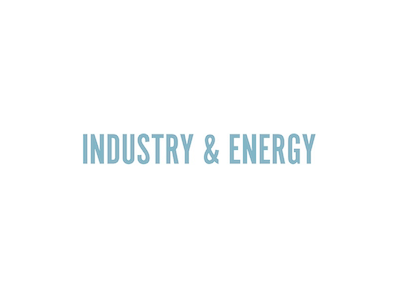United Kingdom – ExxonMobil has signed an Expression of Interest to capture, transport, and store CO2 from its Fife Ethylene Plant as part of the proposed Acorn carbon capture project in Scotland.
The arrangement, which includes the ethylene factory at Mossmorran, Scotland, supplements an earlier announced Memorandum of Understanding to capture and store emissions from gas terminals at the St Fergus complex in Peterhead, Scotland, which includes ExxonMobil’s joint venture gas terminal.
The initial phase of Acorn, which is aiming to be included in the UK government’s first wave of carbon capture clusters, has the potential to deliver more than half of the country’s target of capturing and storing 10 million metric tons of CO2 per year by 2030. It has the capacity to store more than 20 million metric tons of CO2 per year if it is developed further by the mid-2030s.
The Acorn project has revealed intentions to capture and store CO2 from the Grangemouth Refinery, and the addition of Mossmorran facilities will aid Scotland’s industrial sector in reducing emissions.
The Fife Ethylene Plant recently concluded a $170 million (£140 million) investment program to modernize essential infrastructure and integrate new technologies that will improve operating dependability and performance significantly. A second project is currently ongoing to install an enclosed ground flare. The unit, which is expected to be operational by the end of 2022, is meant to considerably minimize noise, light, and vibration, and it is projected that the investment will reduce the use of the plant’s elevated flare by at least 98 percent.
These investments, along with ExxonMobil’s involvement in the Acorn project, reflect a commitment to lowering emissions and ensuring Fife’s future as a competitive asset.
More carbon capture and storage projects
ExxonMobil Low Carbon Solutions is currently exploring numerous more carbon capture and storage projects across the world, including those in Rotterdam, the Netherlands; Normandy, France; LaBarge, Wyoming; and a world-scale carbon capture and storage center proposal in Houston, Texas. The corporation owns nearly one-fifth of global CO2 capture capacity and has captured approximately 40% of all anthropogenic CO2 captured worldwide.
ExxonMobil created the Low Carbon Solutions division to commercialize low-emission technologies. It will initially concentrate its carbon capture efforts on point source emissions, which are the processes of capturing CO2 from industrial activity that would otherwise be released into the atmosphere and injecting it into deep underground geologic formations for safe, secure, and permanent storage. The company is also making strategic investments in biofuels and hydrogen in order to grow such lower-emissions energy sources for difficult-to-decarbonize segments of the global economy.
According to the International Energy Agency, carbon capture and storage may save up to 15% of global emissions by 2040, while the United Nations Intergovernmental Panel on Climate Change estimates that global decarbonization efforts might be twice as expensive if it is not widely deployed.


